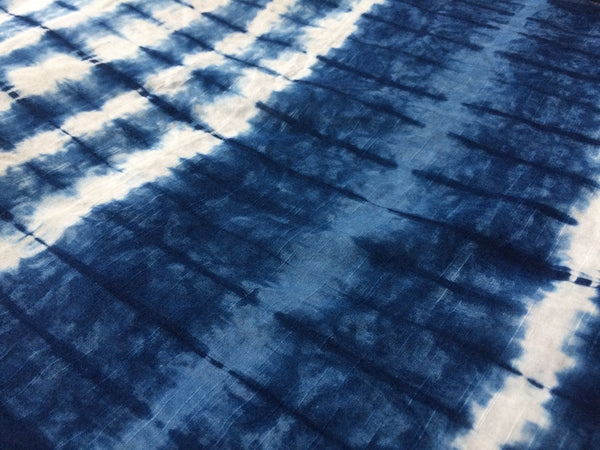Indigo Blue Vat Blue


Looking beyond natural fibers, some synthetic fabrics can also be used in indigo dyeing, though they typically require additional preparation. Rayon, a semi-synthetic fiber derived from natural cellulose, is an example. While rayon does not absorb dye as naturally as cotton or linen, with proper mordanting, it can achieve a satisfactory level of color depth. For those stretching beyond the realms of natural fibers, selecting an appropriate synthetic and understanding the nuances of preparation are essential. The authority of this guide is cemented through years of dyeing experimentation and consultation with textile industry professionals. Establishing trustworthiness in fabric selection for indigo dye is rooted in practical trial and error, as well as adherence to traditional and modern techniques. The integration of comprehensive pre-treatment processes, such as scouring and mordanting, ensures optimized dye absorption and retention across all fabric types. Ultimately, the choice of fabric plays a pivotal role in the success of any indigo dye project, whether it be a beginner's exploration or a professional endeavor. Understanding each fabric's characteristics, absorbency, and behavior in the dyeing process enhances the final product's quality. Experienced dyers know that investing in premium fabrics tailored specifically for indigo dyeing opens doors to richer colors, enduring vibrancy, and textiles that tell a story of craftsmanship and creativity through every shade of blue.
-
The Timeless Art of Denim Indigo Dye
NewsJul.01,2025
-
The Rise of Sulfur Dyed Denim
NewsJul.01,2025
-
The Rich Revival of the Best Indigo Dye
NewsJul.01,2025
-
The Enduring Strength of Sulphur Black
NewsJul.01,2025
-
The Ancient Art of Chinese Indigo Dye
NewsJul.01,2025
-
Industry Power of Indigo
NewsJul.01,2025
-
Black Sulfur is Leading the Next Wave
NewsJul.01,2025

Sulphur Black
1.Name: sulphur black; Sulfur Black; Sulphur Black 1;
2.Structure formula:
3.Molecule formula: C6H4N2O5
4.CAS No.: 1326-82-5
5.HS code: 32041911
6.Product specification:Appearance:black phosphorus flakes; black liquid

Bromo Indigo; Vat Bromo-Indigo; C.I.Vat Blue 5
1.Name: Bromo indigo; Vat bromo-indigo; C.I.Vat blue 5;
2.Structure formula:
3.Molecule formula: C16H6Br4N2O2
4.CAS No.: 2475-31-2
5.HS code: 3204151000 6.Major usage and instruction: Be mainly used to dye cotton fabrics.

Indigo Blue Vat Blue
1.Name: indigo blue,vat blue 1,
2.Structure formula:
3.Molecule formula: C16H10N2O2
4.. CAS No.: 482-89-3
5.Molecule weight: 262.62
6.HS code: 3204151000
7.Major usage and instruction: Be mainly used to dye cotton fabrics.

